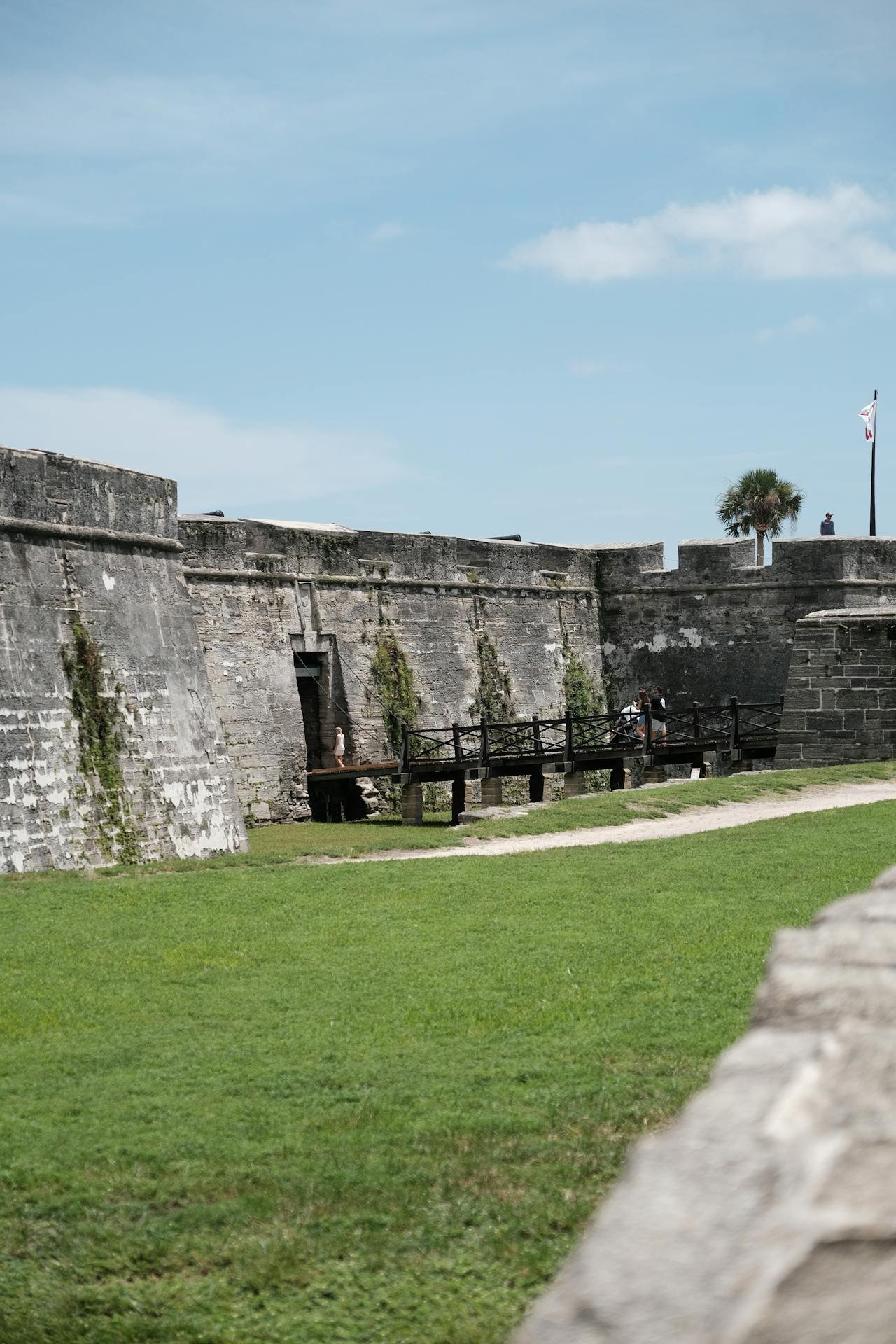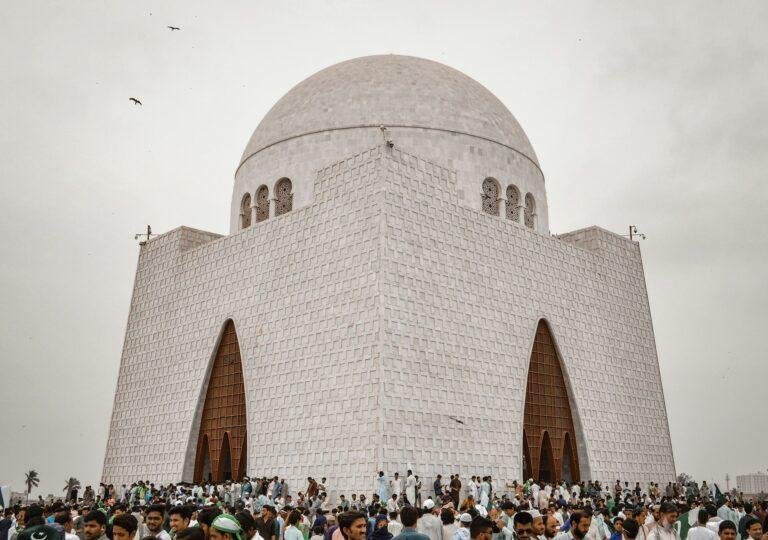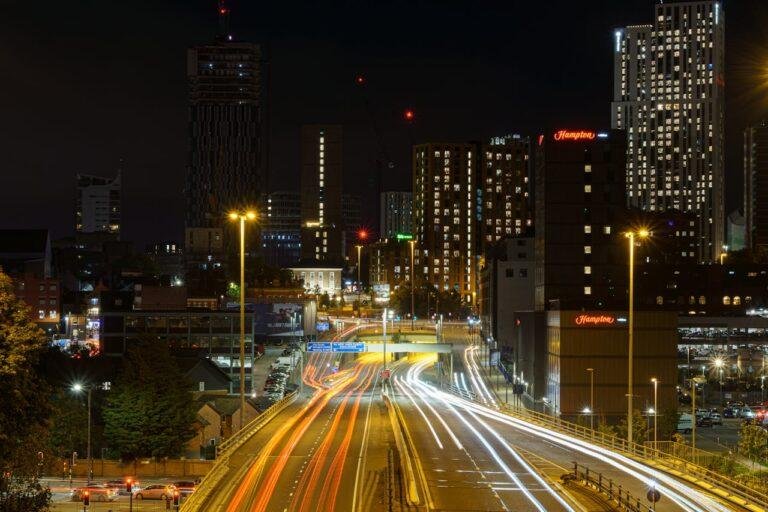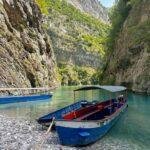Deep in the majestic mountains of Hunza Valley in Gilgit-Baltistan, Pakistan, the ancient stone walls of Altit Fort in Hunza Valley stand watch over the breathtaking Hunza Valley. With a history that spans more than 1100 years. Altit fort is an ancient fort and more than just an architectural marvel—it’s a living relic of a powerful past.
Altit Fort was built at a time when the White Huns dominated the region, and the fort in the Altit town served as both a military stronghold and the original home to the hereditary rulers of the Hunza.
Today, the Altit Fort history attracts tourists and history enthusiasts alike, including cultural explorers and curious travelers looking to immerse themselves in the ancient traditions, local craftsmanship, and timeless beauty of the Hunza region. From the Shikari Tower to the intricate wood carvings, every stone and beam has a story to tell.
The Origins of Altit Fort: Where History Began
The history of Altit Fort dates back to at least the 11th century, making it one of the oldest forts in the Hunza Valley. This ancient fort in the Altit is believed to have been established by the White Huns, an ancient Central Asian tribe that ruled much of the region’s history.
Its location was no accident—strategically built on a cliff edge in Altit town in the Hunza Valley, it provided a perfect vantage point overlooking the Hunza River and monitoring enemy movements along the Hunza River.
The word “Altit” itself means “downstream” in the local Burushaski language, reflecting its geographic positioning. In contrast, the somewhat younger Baltit Fort nearby sits higher up—hence its name “Baltit,” meaning “upper fort.”
Initially, Altit Fort was built to be originally home to the hereditary Mir family of Hunza, rulers known as the Mirs of Hunza. These hereditary rulers of the Hunza used the fort for decision-making, storing weapons, entertaining guests, and defending their territory.
Though power eventually shifted to Baltit, the fort holds an important defensive role and still stands as a testament to the Hunza state, which carried their royal lineage.
Architecture: A Masterpiece of Local and Balti Craftsmanship
The fort is made of stone, wood, and sun-dried bricks, designed to resist earthquakes and mountain weather. The fort showcases exquisite wood carvings and wooden pillars, part of the fort that dates back around 1100 years old.
During the 16th century, the local prince married a princess, a princess from Baltistan who brought and brought master Balti craftsmen into Hunza. This marriage to a princess from the Baltistan alliance not only strengthened ties but also introduced Balti artistry, enriching the culture of the Hunza Valley. This is how Baltistan who brought master balti design, merged with Hunza’s raw fortification.
At the heart of the structure stands the Shikari Tower, which served as a military watchtower. From here, guards could scan the valley for potential threats, offering full panoramic views of the surrounding mountains, Altit Town, and the Hunza River.
Altit Fort vs. Baltit Fort: A Tale of Two Fortresses
Though both forts lie nearby, there are notable differences between Altit and Baltit Fort—each reflecting a different phase in Hunza’s political history Altit and Baltit Fort—each reflecting a different phase in Hunza’s political history.
- Altit Fort is older and built with a defensive, minimalistic focus. It’s raw, fortified, and functional.
- Baltit Fort, constructed roughly 300 years later, reflects more opulence and Mughal-influenced design, acting more like a palace than a battleground.
The rulers eventually moved to the somewhat younger Baltit, but the fort offers unique authenticity that makes it the oldest monument in the Gilgit–Baltistan region. The younger Baltit Fort nearby three is polished, while Altit stands as a testament to survival.
Cultural Significance and Shifting Power
Beyond its military function, Altit Fort was built as a cultural hub. Community meetings, royal ceremonies, and legal decisions took place within its stone chambers. As such, the fort holds deep meaning for locals, especially the Burusho people who have inhabited the area for centuries.
Historical records and oral traditions also tie the fort to the migration of White Huns, believed to be the ancestors of many residents in Altit Town. This link adds another layer of cultural depth to the altit fort history, making it more than just a monument—it’s part of a living tradition.
Restoration and UNESCO Recognition
By the late 20th century, Altit Fort had fallen into disrepair. Harsh winters, neglect, and centuries of erosion had left it crumbling. But thanks to the Aga Khan Trust for Culture, the fort underwent a meticulous restoration between 2004 and 2007.
Local artisans were trained in traditional building methods, and the project received global praise for preserving both the architectural integrity and cultural legacy of the fort.
Today, it serves as a museum and cultural center. Visitors can explore restored rooms, climb narrow staircases, admire ancient artifacts, and take in sweeping views from wooden balconies. The fort has also hosted cultural events, exhibitions, and music performances, breathing life back into this historic space.
Why You Should Visit Altit Fort?
Visiting Altit Fort isn’t just about ticking off a landmark—it’s about experiencing the soul of Gilgit-Baltistan. Here’s why it deserves a spot on your travel itinerary:
- It’s the oldest monument in Hunza Valley, with over 1100 years of recorded history
- Offers panoramic views of the Hunza River and the surrounding mountains
- Features incredible wood carvings, architecture, and a glimpse into tribal governance
- Gives cultural context to other regional landmarks like Baltit Fort and Shikari Tower
- Serves as a preserved museum of ancient life in northern Pakistan
Conclusion: The Legacy of Altit Fort Lives On
In a world rapidly moving forward, Altit Fort remains anchored in time—a silent witness to centuries of human history, warfare, architecture, and cultural evolution. Its stones have seen rulers rise and fall, dynasties form and fade, and traditions live on.
Whether you’re a history lover, a photographer, or just a curious traveler, walking through the corridors of Altit Fort offers a rare connection to the past. As you gaze out over the Hunza River from its age-old balconies, you don’t just see the valley—you feel the weight of time, the strength of stone, and the pulse of a proud heritage.
If you’re searching for authentic, meaningful travel in Pakistan’s north, let the Altit fort history be your guide. This isn’t just a fort—it’s a timeless symbol of Hunza’s identity, strength, and beauty.








